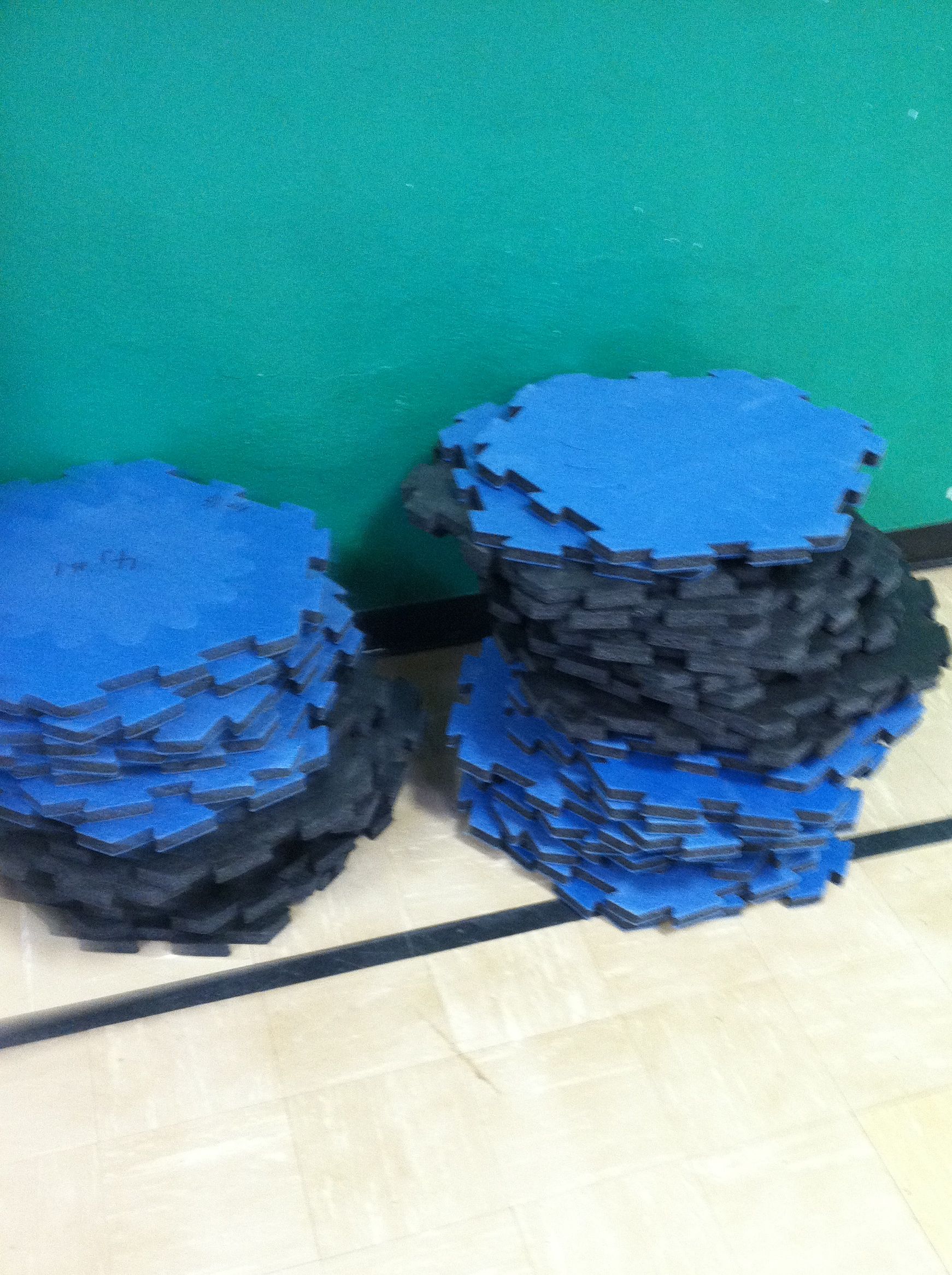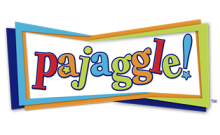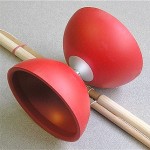Setup and Equipment: Break students into 6 teams, each student has a basketball and has some dribbling experience.
Guidelines:
- This will work best with students that have some basketball dribbling skills. You can adjust to their skill level.
- The object of this activity is to get a lot of practice dribbling a basketball.
- Every students has a ball to start.
- We break into six teams.
- Teams line up so the students can follow the leader at the front of the line.
- This will require students to keep their heads up to follow each other.
- The team leaders will will “snake” their line around gym without crossing through another team.
- Their leader should move at a steady pace and try to keep the team together.
- If someone loses their ball, they can retrieve it and return to their place in line.
- The teacher can blow a whistle or stop the music after a minute or two. I like to use train sounds instead of a whistle. When it is time to rotate, the first person in line goes to the end of the line and everyone moves up one spot. Each team now has new leader to follow. After a few turns at moving in this manner, the students get the routine established and the activity moves smoothly.
- In the gym, I use the music to guide students through this activity. There are train sound effects that you can download and add to your music list. (see music ideas below).
- Continue until all students have a turn as a leader.
Music for Dribble Train:
- Sweet Georgia Brown – The Globetrotters Theme Song #1 Basketball Songs Blues
- Train Bell Sound Effects
- Mystery Train The Paul Butterfield Blues Band Blues
- Freight Train Horn – \ The Hollywood Edge Sound Effects Library
- Last Train To Clarksville Sugar Beats Children’s Music
- (Chicago Bulls Theme) Bobby Morganstein
- Kernkraft 400 Power Music Workout Fitness & Workout
- Block Rockin’ Beats The Chemical Brothers
- I’m a Gummy Bear (The Gummy Bear Song) Gummibär
- Everybody Movin’, Pt. 1 (Kurd Maverick & Eddie Thoneick Remix) Bob Sinclar
- Wake Me Up Avicii
- Pumpin Blood NONONO





